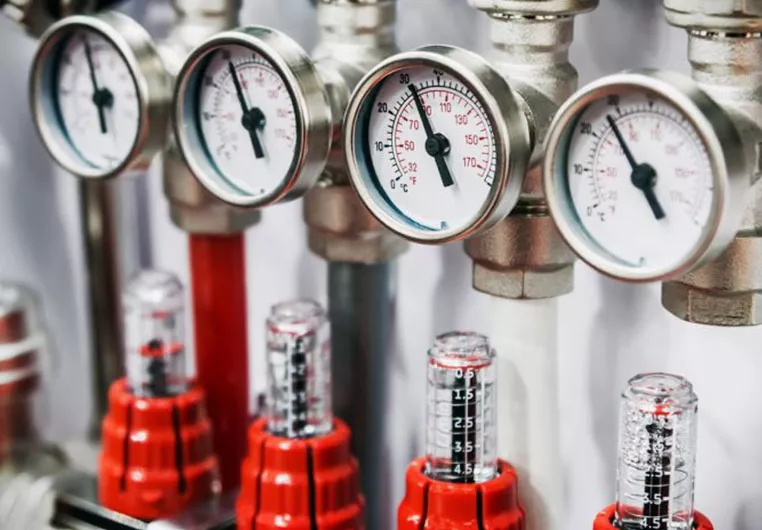plumbing pipe fitting types
Understanding Plumbing Pipe Fitting Types
Pipe fittings are essential components in any plumbing system, serving to connect, terminate, or change the direction of pipes. The choice of fittings affects not only the efficiency of the plumbing system but also its longevity and safety. This article outlines the various types of plumbing pipe fittings, each with unique applications and characteristics.
1. Elbows
Elbows are used to change the direction of piping. Available in various angles, typically 90 or 45 degrees, they facilitate turns in plumbing systems. Elbows can be constructed from different materials, including PVC, copper, and galvanized steel. The choice of material often depends on the application, with PVC being common in residential drainage systems and copper in hot water lines.
2. Tees
Tees are fittings that have one inlet and two outlets (or vice versa), forming a T shape. They are commonly used to branch off a main line, allowing fluid flow to multiple directions. Tees can be used in both drainage and water supply applications, making them versatile fixtures in plumbing installations.
3. Couplings
Couplings are short fittings that connect two sections of pipe. They can be either threaded or slip fittings, depending on the type of pipes they are designed to join. Threaded couplings are typically used with metal pipes, while slip couplings are common in PVC applications. Couplings ensure a tight seal and prevent leaks, making them crucial in any plumbing system.
plumbing pipe fitting types

4. Adapters
Adapters are fittings designed to connect two different types of pipes or to transition between pipe sizes. They are particularly useful in situations where existing pipes need to be extended or connected to new installations. Adapters come in various forms, including male and female threaded variants, and can connect various materials.
5. Caps and Plugs
Caps and plugs are used to close off the end of a pipe. Caps cover the pipe’s end, while plugs are inserted into the pipe. These fittings are essential for sealing unused lines or for testing a system’s integrity during installation or repairs.
6. Nipples
Nipples are short pieces of pipe with threads on both ends, used to connect two other fittings. They provide flexibility in creating configurations in tight spaces. Nipples come in various lengths and diameters, allowing plumbers to customize their installations.
Conclusion
Selecting the appropriate plumbing pipe fitting is vital for the efficiency and reliability of a plumbing system. Whether it’s elbows for redirection, tees for branching, or couplings for joining, each fitting plays a crucial role. Understanding these different types of fittings will help homeowners and professionals alike to make informed decisions in their plumbing projects, ensuring durability and proper function over time.
-
The Key to Fluid Control: Exploring the Advantages of Ball Valves in Industrial SystemsNewsJul.09,2025
-
The Versatile World of 1, 2, and 3 Piece Ball ValvesNewsJul.09,2025
-
Stainless Steel Ball Valves: The Ideal Choice for Efficient Flow ControlNewsJul.09,2025
-
Optimizing Fluid Control with Ball Float ValvesNewsJul.09,2025
-
Manual Gate Valves: Essential for Control and EfficiencyNewsJul.09,2025
-
Everything You Need to Know About Butterfly ValvesNewsJul.09,2025
-
The Versatility of Wafer Type Butterfly ValvesNewsJul.08,2025




